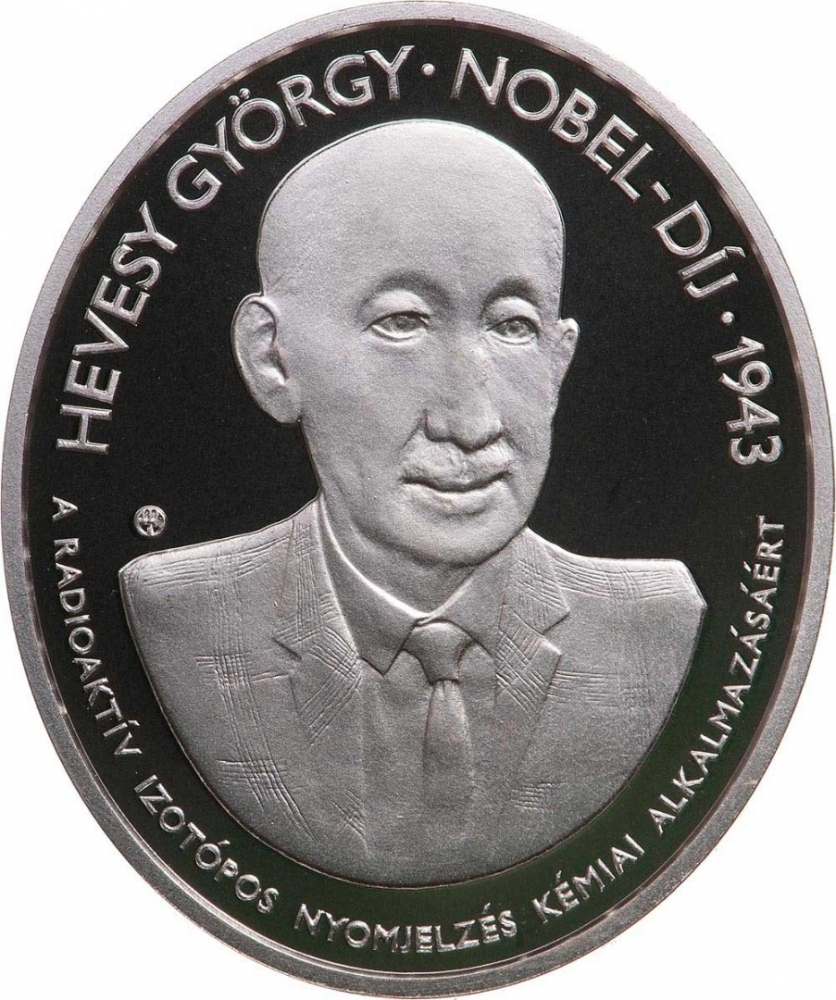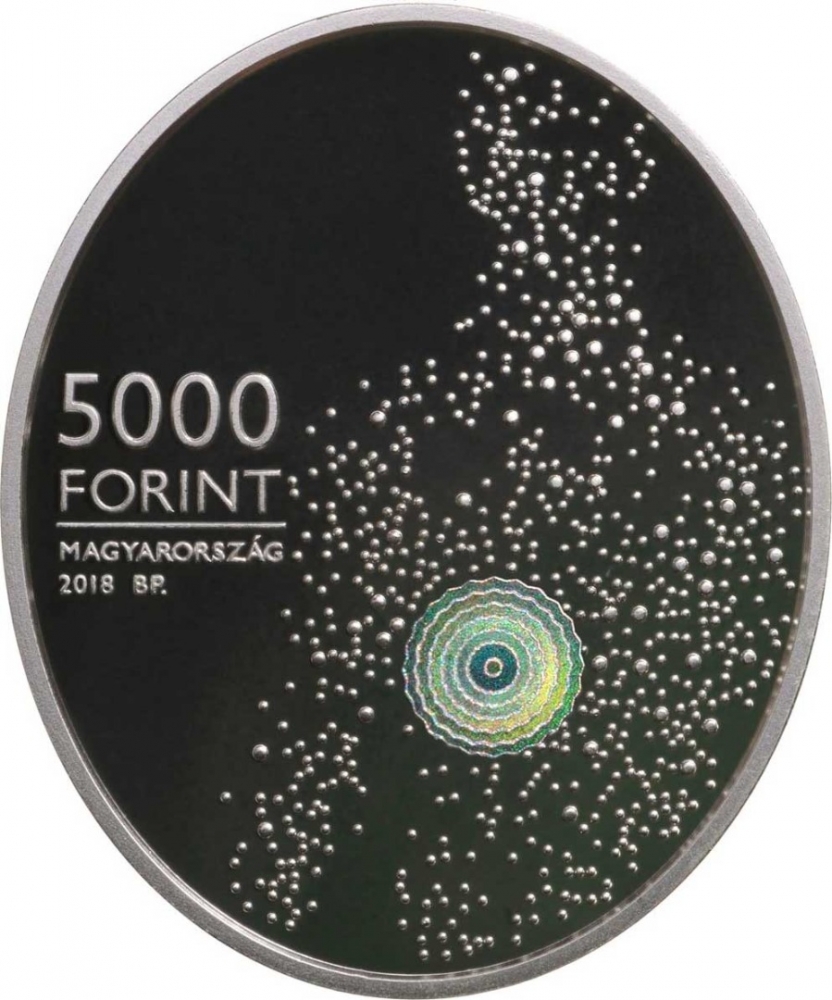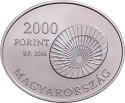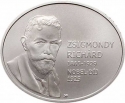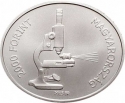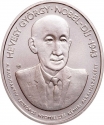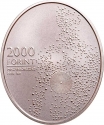You are about to finish your registration. Please check your mailbox (including spam folder). There should be a letter with a confirmation link. Check setting to make sure that your e-mail address is correct.
Send letter againDescription
George de Hevesy (born György Bischitz; 1885-1966) was a pioneering radiochemist known for his groundbreaking research in utilizing isotopes as tracers to investigate chemical processes.
He began his studies in chemistry at the University of Budapest and later pursued graduate studies in Berlin and Freiburg. Influenced by renowned scientists like Fritz Haber and Ernest Rutherford, Hevesy developed a strong interest in radiochemistry.
In 1911, Hevesy collaborated with Rutherford at the University of Manchester, conducting experiments that laid the foundation for his future work. His innovative concept of using isotopes as tracers to monitor chemical reactions in living organisms revolutionized biochemistry, providing unprecedented insights into metabolic processes and leading to significant advancements in biology and medicine. In 1923, while working with Dirk Coster at the University of Copenhagen, Hevesy discovered the element hafnium, a significant achievement in the periodic table.
Hevesy's remarkable contributions to science were honored in 1943 when he was awarded the Nobel Prize in Chemistry for his pioneering research on isotopic tracers.
Engraver: Zoltán Endrődy
Obverse

|
Depicts a half-length portrait of George de Hevesyy. Along the edge, in a semicircular inscription at the top, reads "HEVESY GYÖRGY • NOBEL PRIZE • 1943," while below it is the inscription "FOR THE CHEMICAL APPLICATION OF RADIOACTIVE ISOTOPIC MARKERS." On the left side, next to the lower semicircular inscription, the engraver's privy mark is visible. HEVESY GYÖRGY • NOBEL-DÍJ • 1943 |
|---|---|
Reverse

|
Depicts a humanoid figure composed of dots. Within the figure, circular wave lines symbolize a condition diagnosed with the aid of radioactive isotopic markers. In natural light, these wave lines display rainbow colors when viewed from different angles. On the left side, a horizontal line is visible, with two rows above containing the denomination and the inscription "FORINT," and two rows below containing the inscription "HUNGARY," along with the issue year "2018" and the mint mark "BP." 5000 |
| Edge |
5000 Forint
Hungarian Nobel Prize Winners
George de Hevesy
Subscribe series
Adamo# EM365
Hungarian Nobel Prize Winners
George de Hevesy
